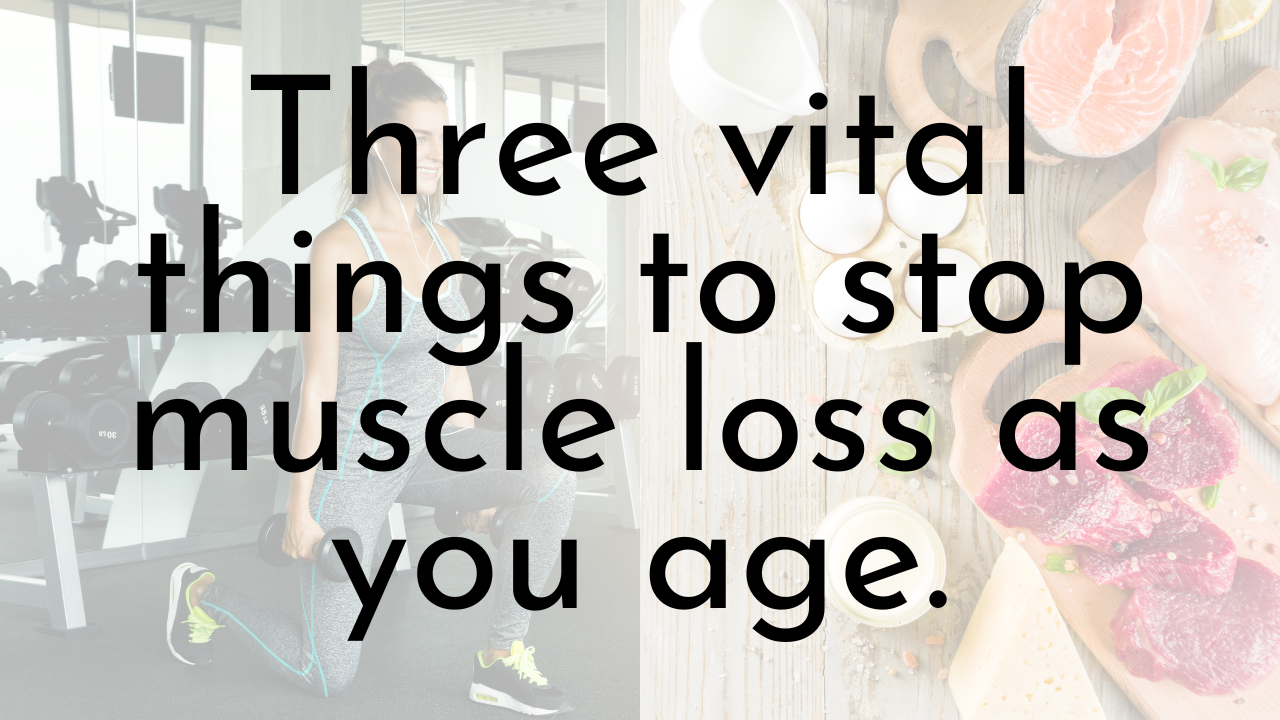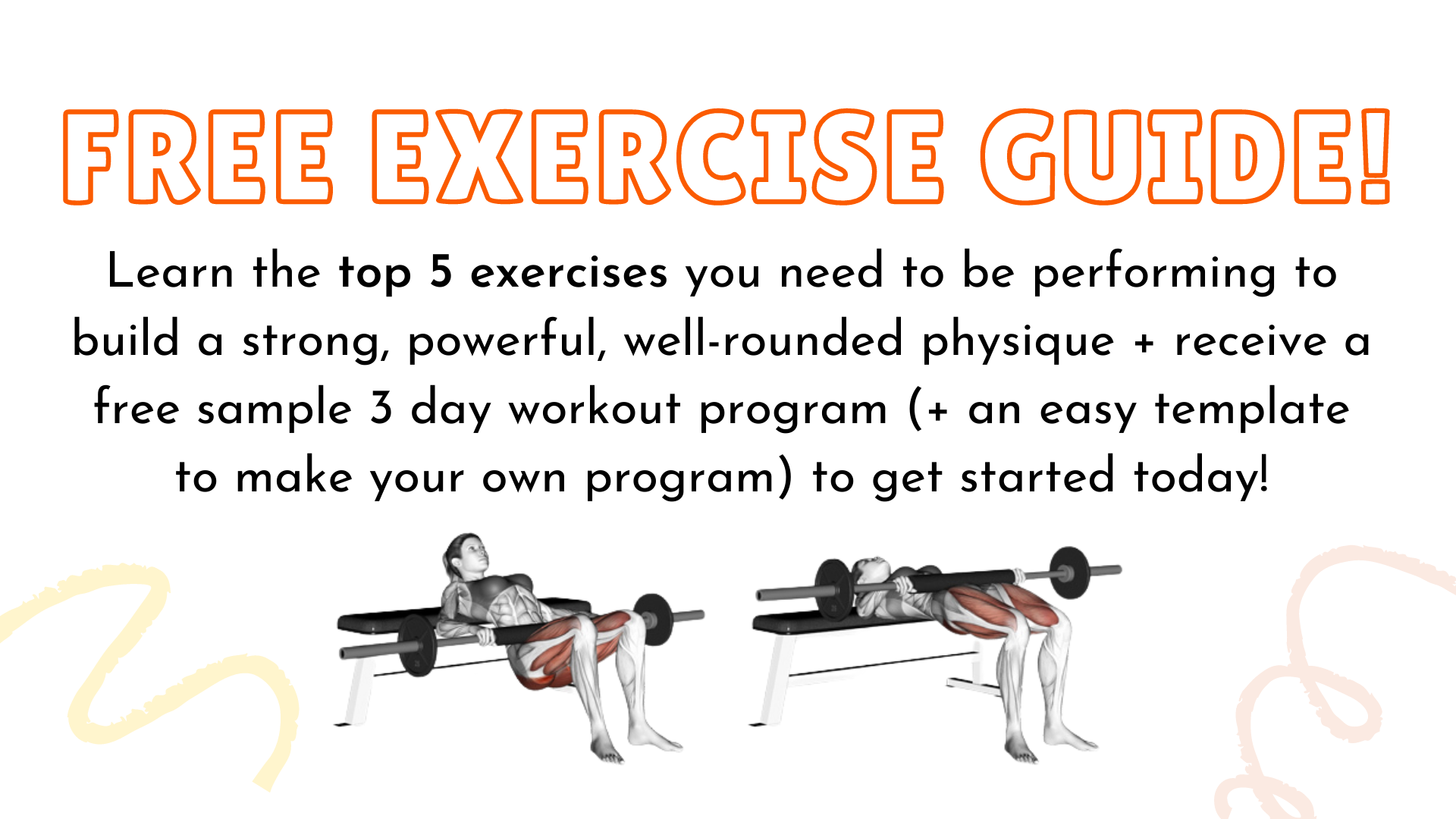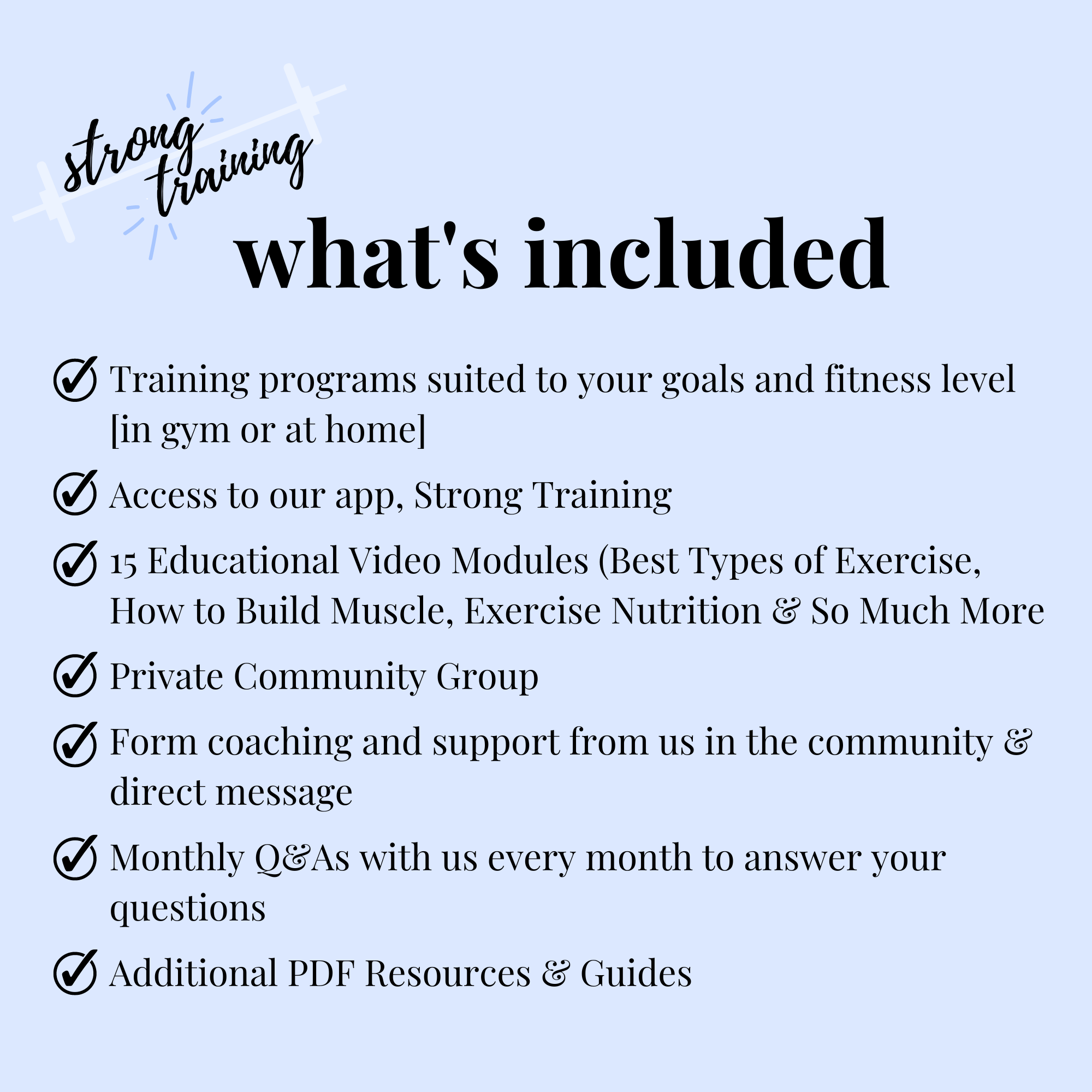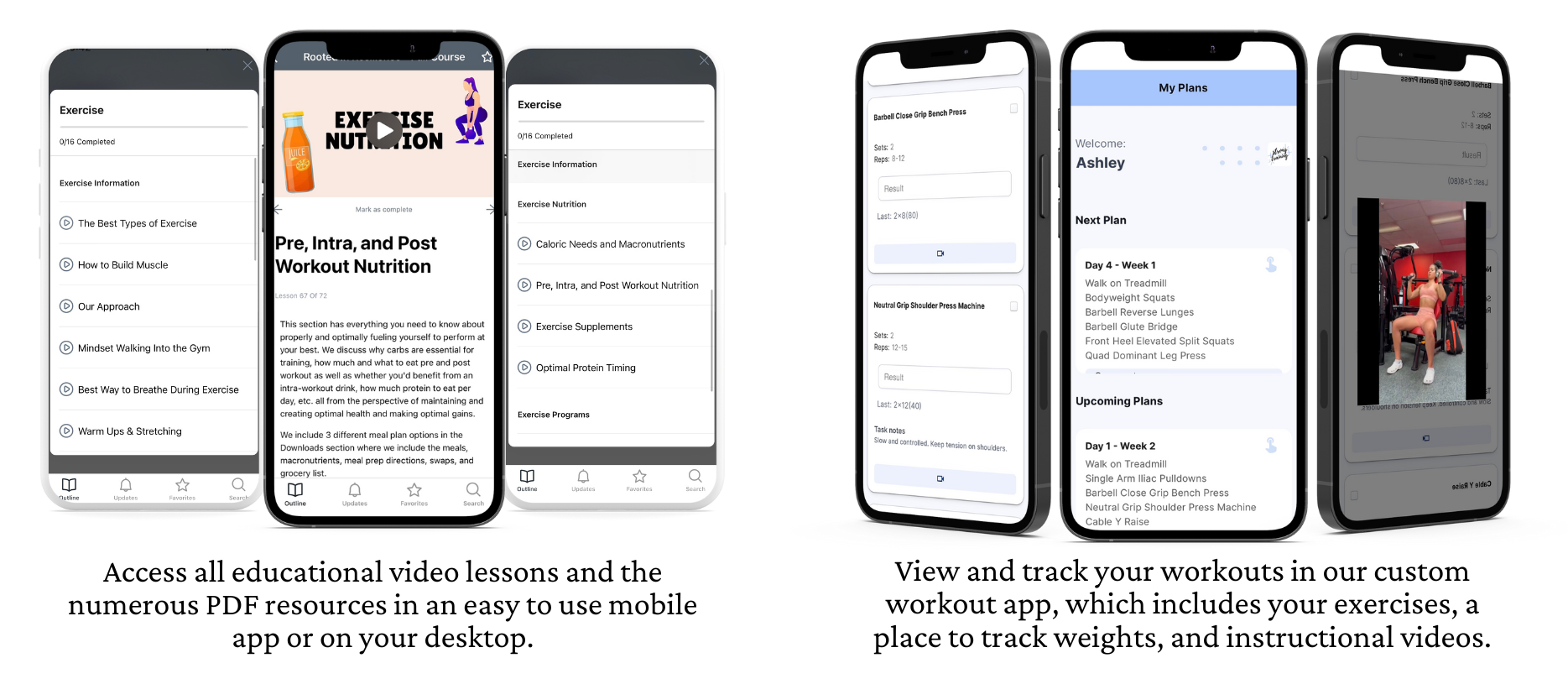Humans are really good at losing muscle as we age.
Jan 15, 2023
Yesterday afternoon I was on a phone call with my parents and a personal trainer at a gym close to their home in Illinois. Why? Because it is time to get serious about them rebuilding muscle that they have lost over the years. And I want to make sure their trainer is building them a well-rounded workout program with progressive overload for them to efficiently build muscle.
Humans are really good at losing muscle as we age.
And since both my parents are now over the age of 70, I think one of the most important things in preserving their mental, metabolic, and physical health is by building and maintaining muscle.

After age 50, muscle mass decreases at an annual rate of 1-2%. After age 60, this reduction increases to 3%. (ref) By age 75, some individuals have lost approximately 50% of their muscle mass! (ref)
However, the process by which skeletal muscle mass progressively decreases begins many years earlier - at about age 30-35. (ref,ref,ref)
Yep, starting as early as age 30, we all begin to lose muscle mass and strength gradually.
And why should we care?
The health consequences of losing muscle include:
- Higher insulin resistance. (ref) The less muscle mass you have, the more insulin resistant you will be. For every 10% increase in skeletal muscle mass, there is an 11% decrease in insulin resistance. (ref) Yes, building muscle is the best way to improve your insulin sensitivity.
- Lower metabolic rate (ref)
- Higher susceptibility to falls and getting injured (individuals with age related muscle loss have a 58% higher risk of fractures (ref)
- Lowered bone density (ref)
- Less independence and functionality to perform daily activities (ref)
- Increased rate of cognitive decline (ref)
- Higher mortality rate (adults with age-related muscle loss have a 41% higher mortality rate (ref))
- Increased risk of cardiovascular diseases (some studies show age related muscle loss comes with a 23% increased risk of cardiovascular diseases (ref))
The good news is that there is something you can do about it.
Yes, humans are very good at losing muscle as we age.
But the positive is that we are also very good at building muscle when we give our bodies the right tools, and provide our muscles with the right stimulus to elicit a positive change.
“Skeletal muscle is remarkably plastic. It changes continuously in response to calorie and nutrient intake, illness, and physical stress. “ (ref)

So how do we build and preserve muscle mass?
Muscle growth requires a number of variables, which are now well-researched and understood.
1. Strength train (in a smart way)
Strength training benefits all genders of all ages, and all levels of fitness. And the most efficient way to strength train and build muscle is following a well-rounded workout program consistently and progressing slowly over time. (NOT just winging it every time you walk into the gym!)
Regular exercise can overcome and significantly delay the muscle and strength losses that come with aging.
And it’s never too late to start.
Research studies show that muscle growth can occur in 90 year olds with smart strength training. (ref)
2. Eat enough dietary protein, regularly
Your muscle contains amino acids, the building blocks of protein, that are vital for your survival. If you don’t eat enough dietarily, your body can break down your own muscle tissue (leading to greater muscle loss) to supply the body with those amino acids.
“Thus, when the dietary proteins supplied are inadequate to meet needs, muscle protein is broken down to supply amino acids throughout the body. “ (ref)
This is especially important as we age, as our bodies become less responsive to resistance training alone.
“These findings led to dietary recommendations for older adults that emphasize a meal threshold of >20 g protein containing >2.2 g leucine to optimize that anabolic response in skeletal muscle” (ref)
Now you don’t need to overdo protein consumption. A good target is 0.6-1 g of protein per 1 lb of bodyweight, ideally in the form of animal protein since it is complete (containing all essential amino acids) and bioavailable (easy to digest with no antinutrients).
So, things like dairy, meat, and eggs.
If you struggle to get your protein in, Carnivore Crisps are a great option for a clean, quick protein option. We love to take these with us when we travel! Pack some fruit, milk or cheese and Carnivore Crisps for an on-the-go snack with carbs, protein, and a little fat! (STRONGSISTAS will save you 10% off!)
3. Maintain a high metabolic rate
Protein is certainly important, but eating enough calories (energy) is also important in preventing muscle loss. (ref)
Poor mitochondrial function (meaning, hindered ability to generate energy, and thus a sluggish metabolism) leads to higher levels of muscle wasting. (ref)
So, another important piece of the puzzle is to do what we can to keep our metabolic rate up, through dietary and lifestyle habits. A higher metabolic rate means we rely less on stress hormones for energy production, meaning we have less overall muscle breakdown.
We don’t have to accept that our metabolic rate automatically declines as we age - there are things we can do to keep it up!

In summary, one of the best things we can do for our health is to build and hold on to as much muscle as we can. Your muscle is an endocrine organ that helps increase your metabolic rate and improve how your body works on a systemic level.
Proper nutrition and the right type of exercise are the best way to combat progressive muscle mass loss as we age.
Building muscle does not involve extremes, as extremes are not sustainable and do not promote health.
You do not have to (and should not) go balls to the walls crazy with exercise…
You should not be focusing on total calories burned during an exercise session…
It’s about applying an appropriate amount of load and resistance on target muscles. Implementing rest and recovery. Then doing it again.
Did you present your body with an effective and smart stimulus? Or did you just stress your body out?
Building muscle isn’t complicated when you have the right tools.
And we are here to help provide you with those tools. We have been strength training for close to 15 years and have made *so* many mistakes. We have over-exercises, suppressed our metabolisms and thyroid, under ate, over ate, & so much more. We are confident we can help you bypass those mistakes in order to reach your goals quicker and with a higher success rate.
One option would be our free exercise download.
Another option would be to enroll in Strong Training, which is now $29 a month. We allow course students to enroll for 1 month (a single $29 fee), and can cancel future months if they do not want to continue.
Learn more about Strong Training.
Cheers to building muscle and resilience!




